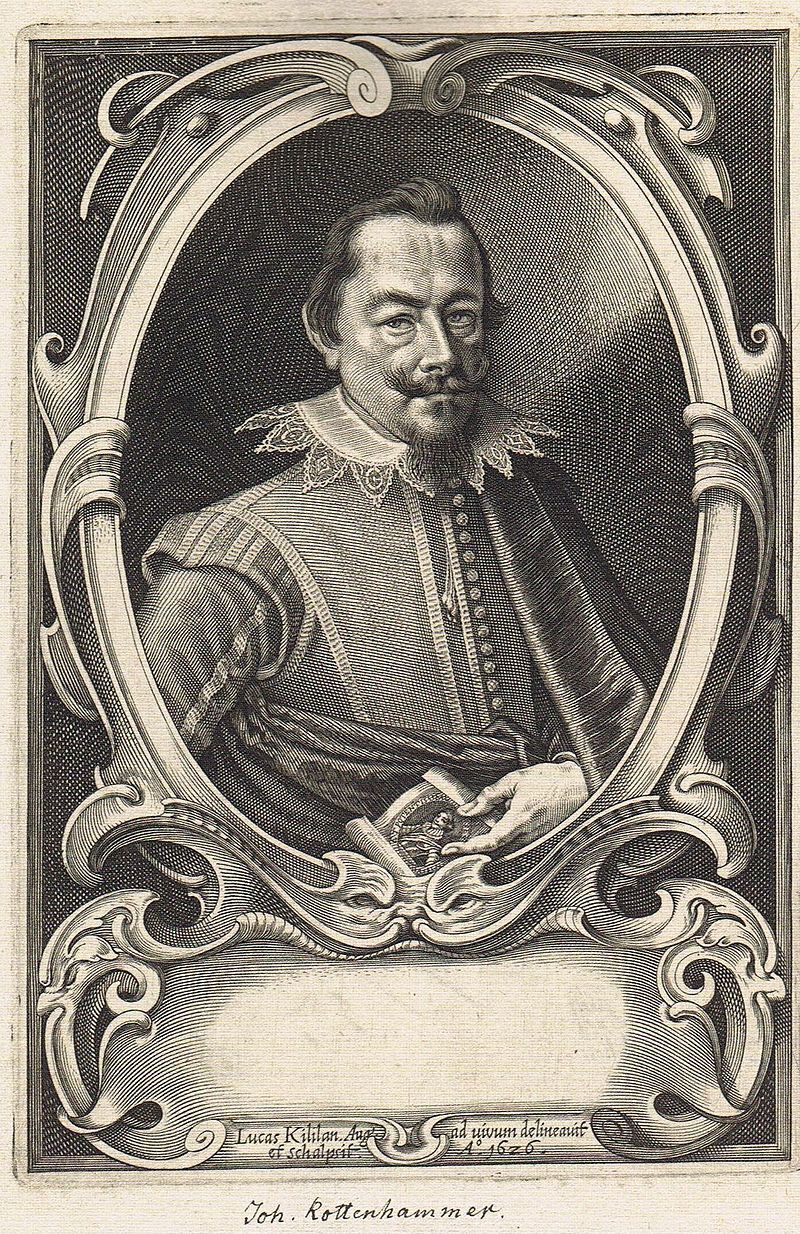Hans Rottenhammer
1564–1625
CollaboratorPainter
Hans Rottenhammer was born in 1564 in Munich, where he was also raised and received his initial artistic training. His father was an attendant at the Munich royal court, and the young Rottenhammer was apprenticed to court painter Hans Donauer in 1582. Rottenhammer studied with Donauer for six years, and during this time he was exposed to the court style popular in northern Europe. After completing his apprenticeship, Rottenhammer traveled to Italy. After a brief detour in Venice, he settled in Rome. Here, he established himself as an independent artist and mingled with other prominent painters and draughtsmen. Among these were a number of fellow northern Europeans, including Paul Bril and Jan Brueghel. He also made frequent trips to Venice before eventually moving back there in 1595. Rottenhammer spent nearly a decade in Venice and his art bears the influence of Venetian masters like Tintoretto and Veronese. Rottenhammer established a studio in the city and accumulated patrons and collectors, as well as students and followers. In the early 1600s, he joined the Venetian artists’ guild. He also married Elisabetta d’Fabris, and the couple had two sons, both artists. In 1606, Rottenhammer relocated to Augsburg, Bavaria, where he spent the rest of his life. Though he was a renowned painter, Rottenhammer spent the latter half of his life fighting off the many debts he had accumulated. He died, acclaimed yet penniless, in 1625.
Like many northern European artists who spent time abroad, Rottenhammer’s style was a combination of traditional German techniques with Italian influences. In particular, Rottenhammer employed Northern landscape elements and the compositional and figural means of the Italian masters. His most commercially successful works were done during his time in Venice, whereRottenhammer became famous for his cabinet paintings. These were small works done on copper and usually featured religious or mythological themes popular at the time. Rottenhammer shifted his focus after he returned to Augsburg in 1606, where he mostly painted altarpieces and took on large palace commissions.He was also in contact with many prominent patrons, including Cardinal Federico Borromeo, Caspar Kechel, and Emperor Rudolph II of Austria.
Rottenhammer first encountered Jan Brueghel during his years in Rome. He, Paul Bril, and Brueghel were frequent collaborators. Brueghel introduced Rottenhammer to Cardinal Borromeo, who would go on to become one of Rottenhammer’s most frequent patrons. The two painters worked on Borromeo’s commissions together, with Rottenhammer providing the figures for Brueghel’s landscapes.The artists stayed in contact for many years after both left Rome, and even continued to produce collaborations by sending one another the copper plates on which they had worked.
